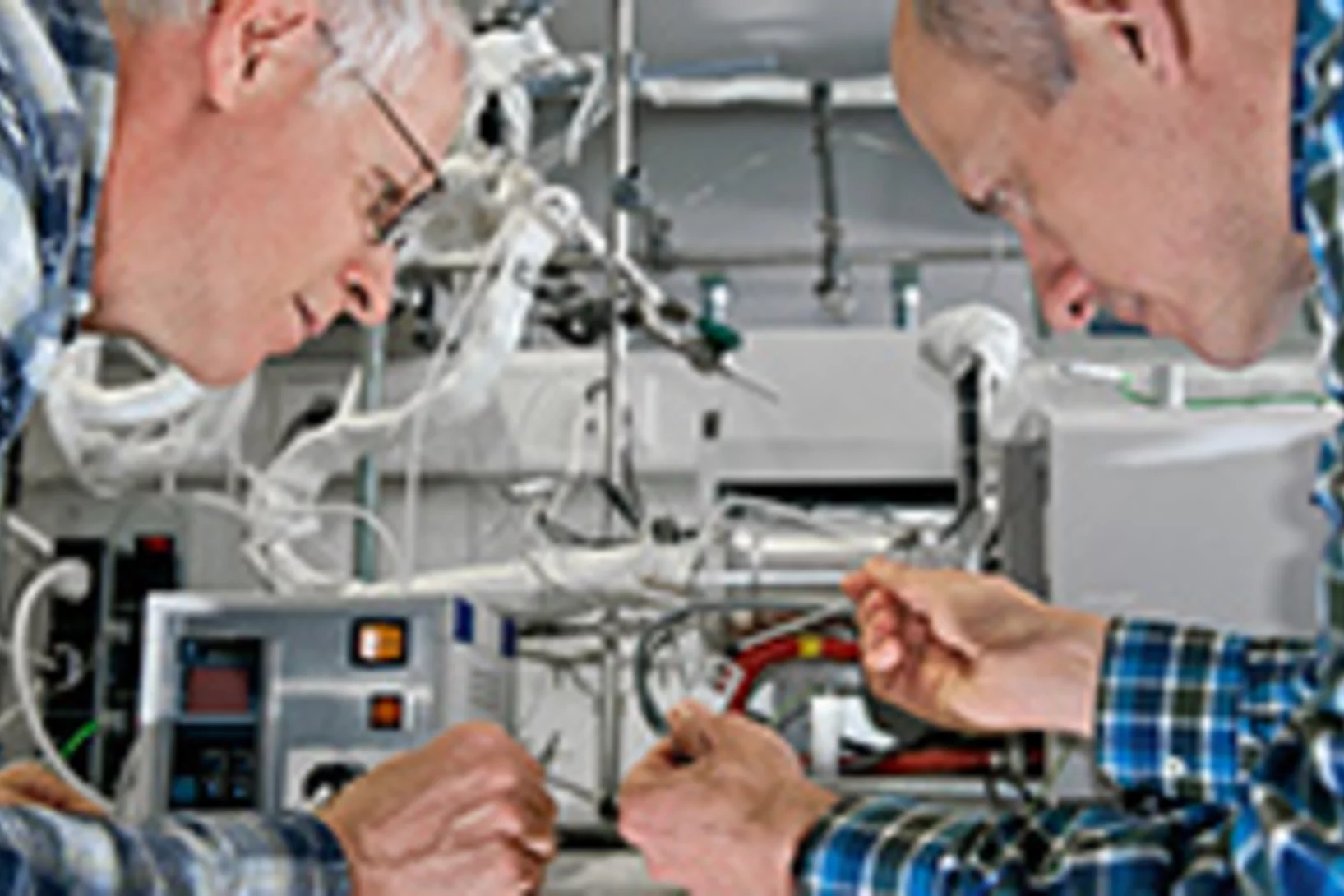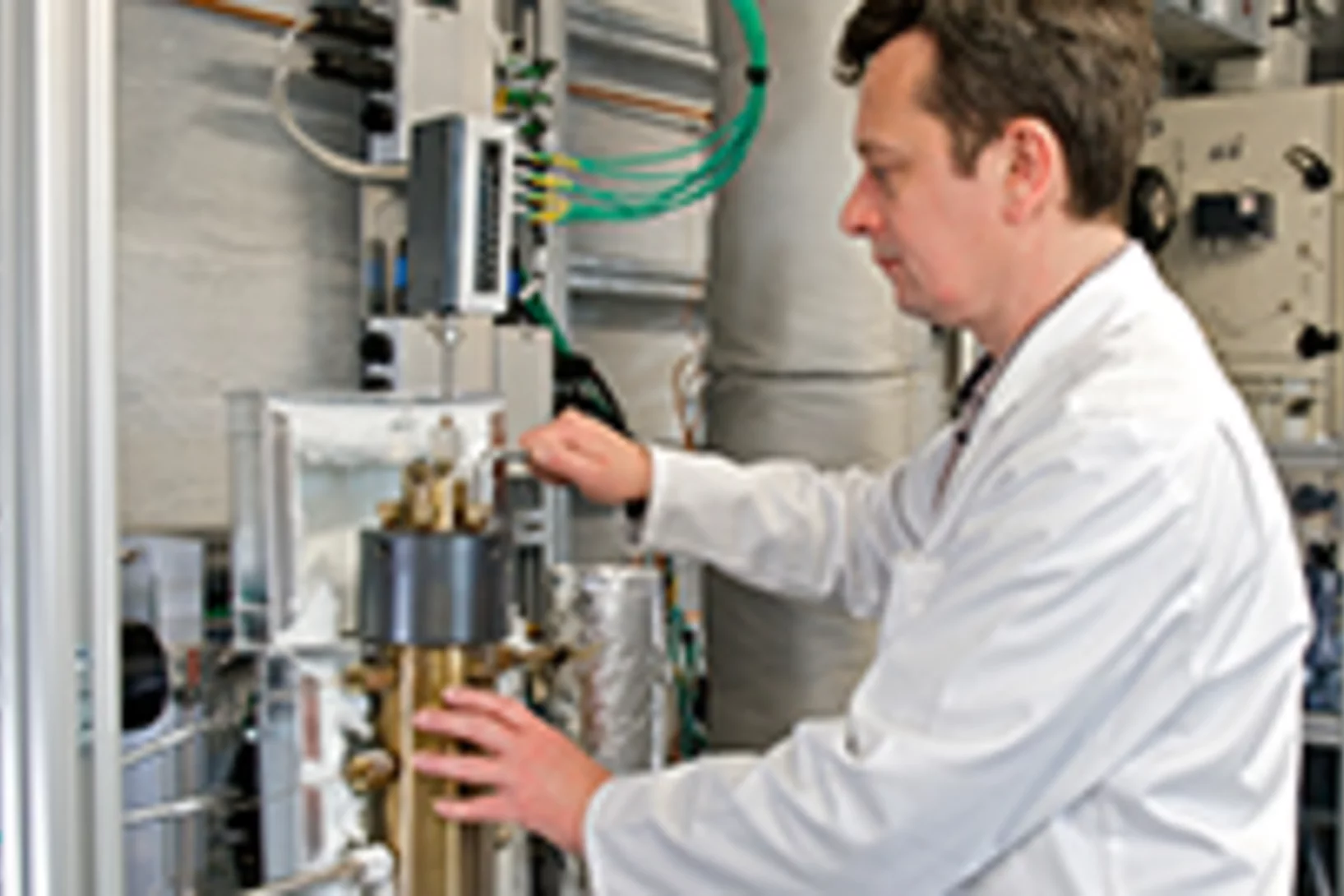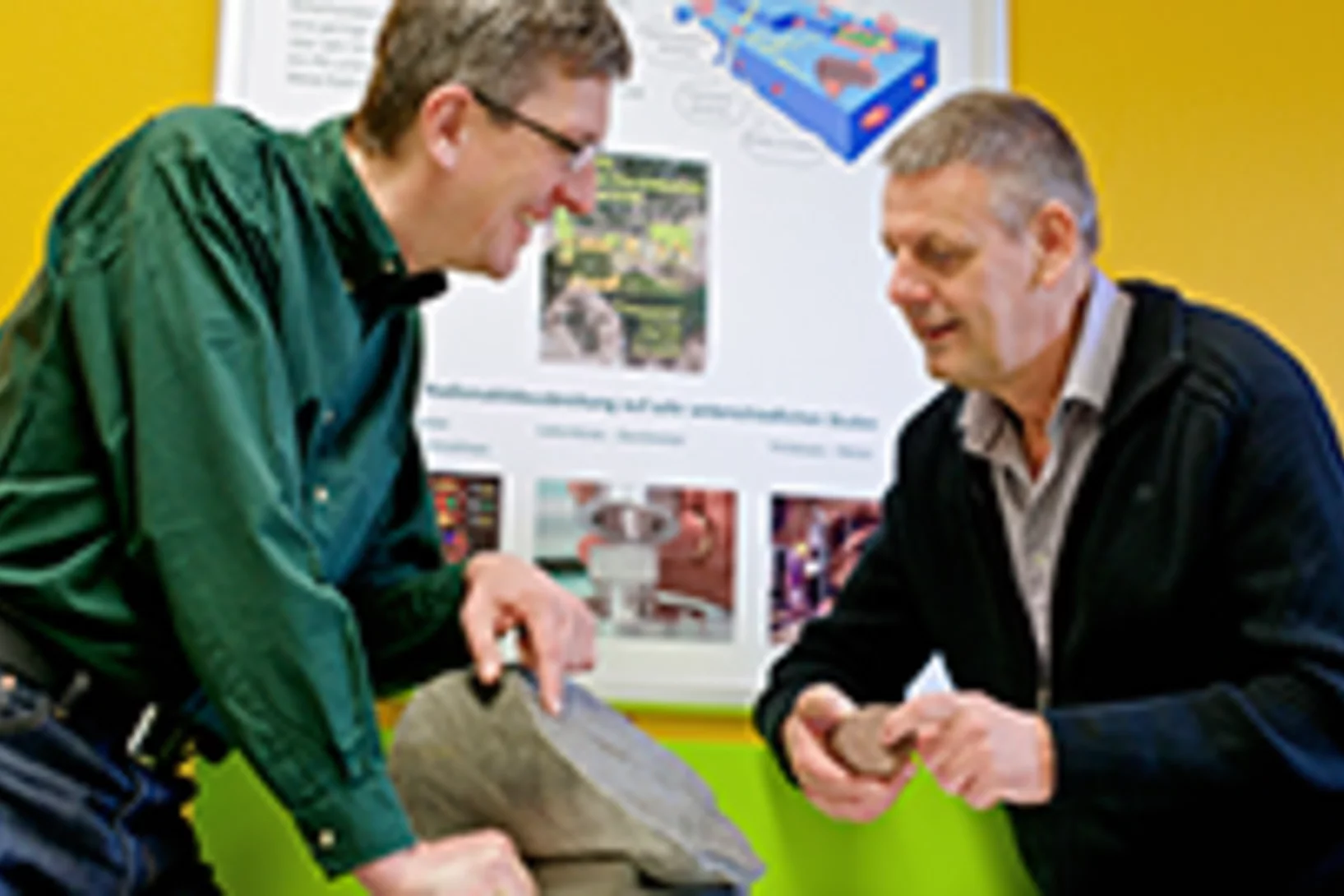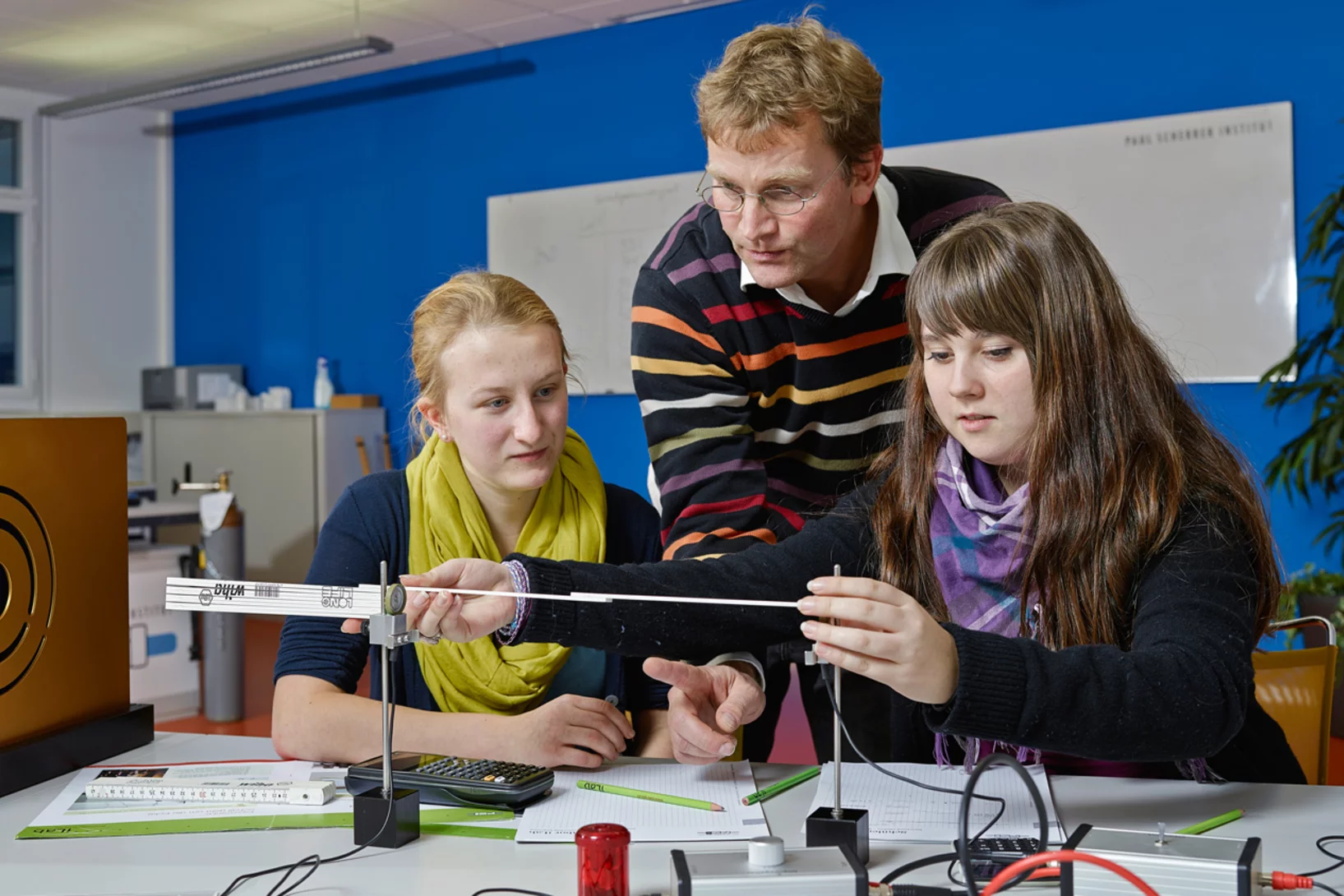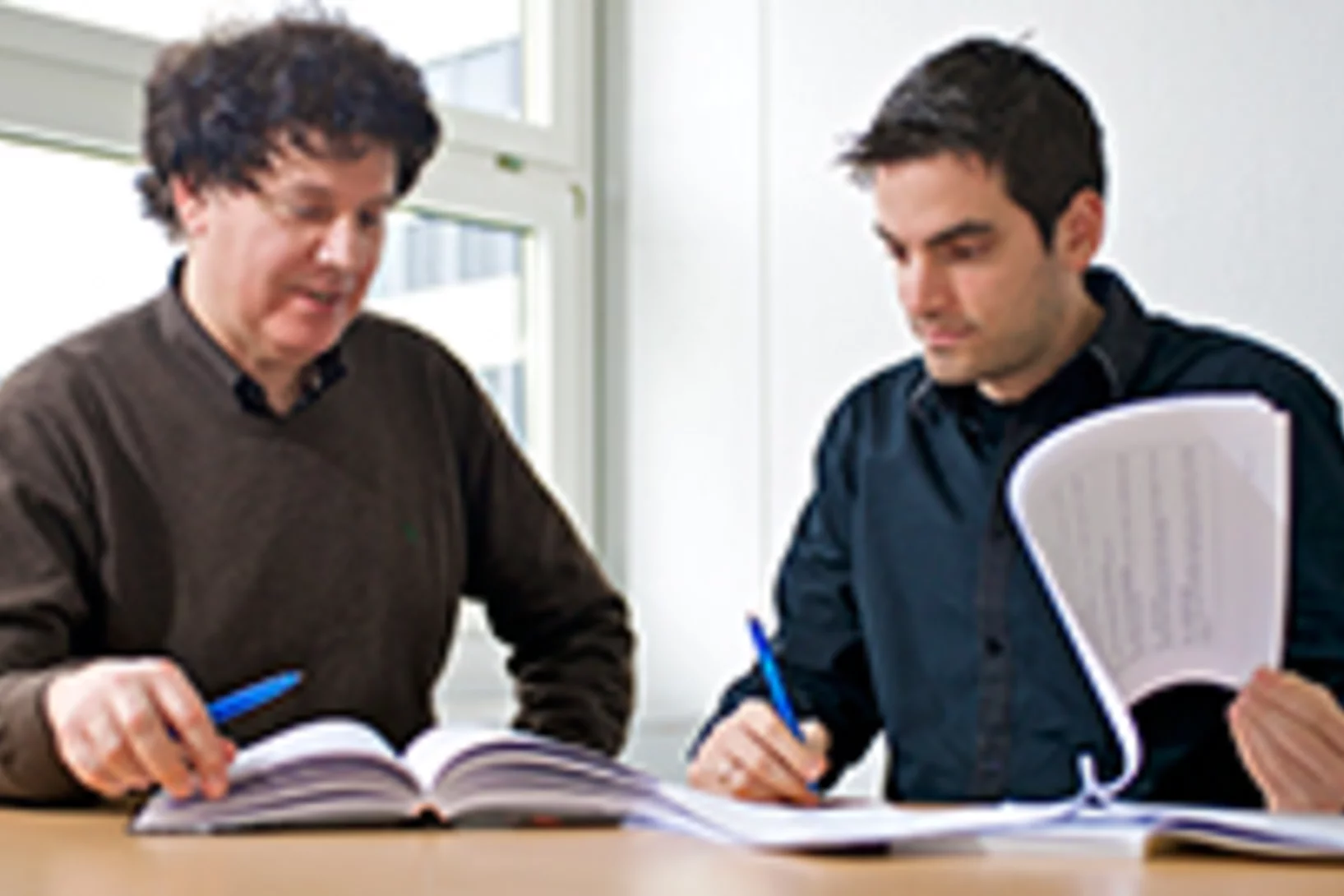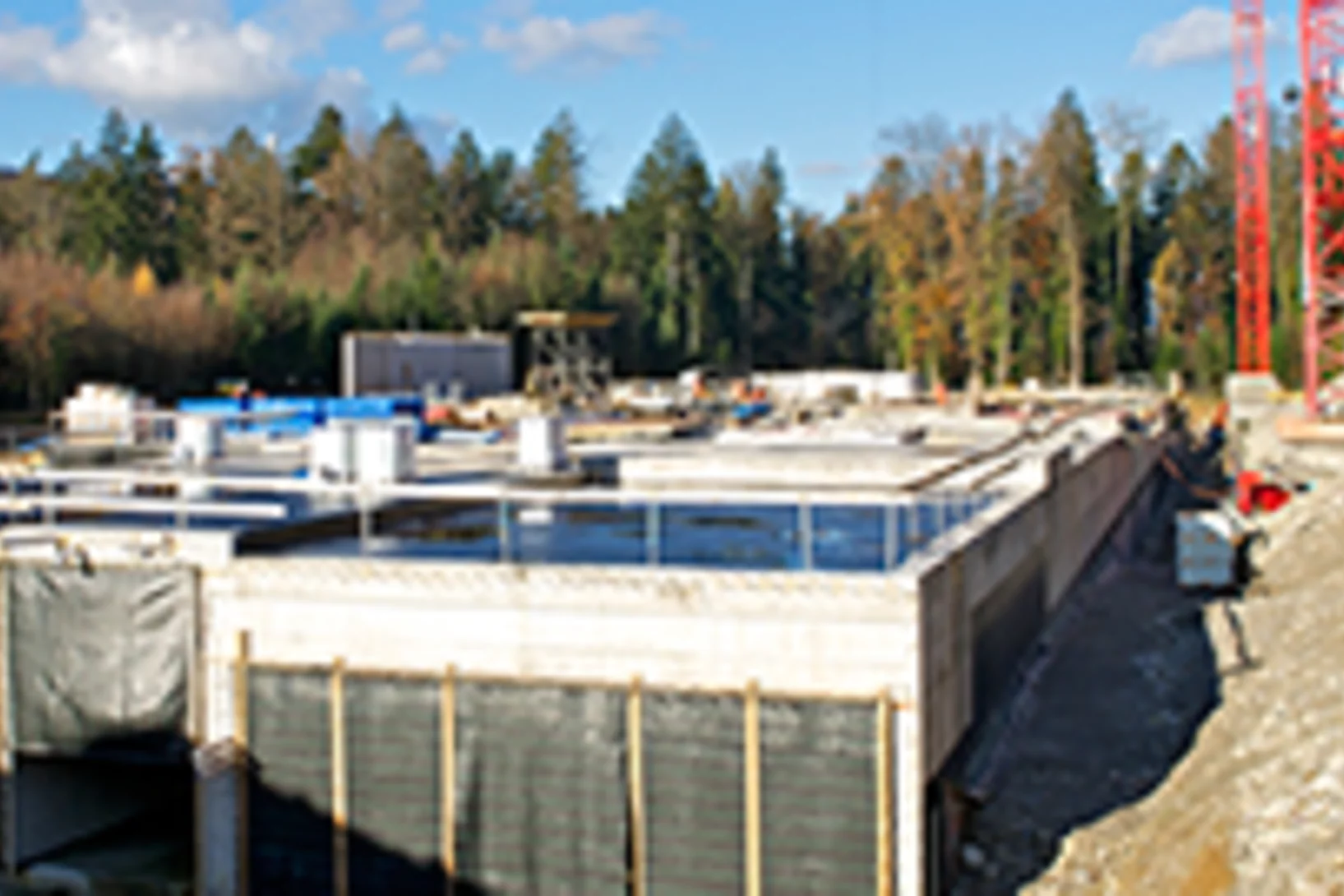PSI Stories
Diesel particle filter and nitric oxide catalyst all rolled into one
Filtering soot and reducing nitric oxide in the same place à engineers have been working on combining these two important tasks of exhaust gas after-treatment in vehicles for a number of years. As researchers from the Paul Scherrer Institute now reveal, this is not unrealistic. At any rate, it shouldn’t fail because of soot.
Method for producing energy from wet biomass gets the green light
On 28 March 2014 the topping-out ceremony for a new test facility to study energy production from wet biomass was celebrated at the Paul Scherrer Institute (PSI). The facility housed in a ship container is supposed to produce synthetic biogas from liquid manure, sewage sludge or algae.
Clay remains clay: how radionuclides sorb to the host rock in repositories
Researchers from the Paul Scherrer Institute (PSI) and the Hungarian Academy of Sciences joined forces within an EU project to investigate the basic properties of argillaceous rocks in a repository for high-level radioactive waste. As the results reveal, the insights gained so far for Opalinus Clay can be transferred also to the Boda Clay found in Hungary.
Interactive media table on SwissFEL
In 2016, SwissFEL at the Paul Scherrer Institute PSI will go on-line. In the visitors` centre psi forum, the new large research facility can already be explored today. An interactive media table will accompany SwissFEL from the construction phase, through commissioning, up to regular operation.
Measuring the ecological footprint
With ecoinvent, the Paul Scherrer Institute and its partners at ETH Zurich, ETH Lausanne, Empa and Agroscope have been running the world’s leading database for life cycle inventories for over ten years. The latest ecoinvent version 3 collects new data in areas such as electricity generation, agriculture, transport, mining and chemicals. In the power sector, which is significant for life cycle assessments, the database now covers over 80 per cent of the global production. And technology that has not been considered thus far such as enhanced geothermal systems is to be included in ecoinvent from now on. The result is more accurate ecological assessments of products and services
Producing pure recycling zinc with concentrated solar energy
Researchers from the Paul Scherrer Institute (PSI) have showcased a solar-thermal method for extracting zinc oxide, a technologically important reusable material, from zink recycling products under laboratory conditions. The solar product’s purity level exceeds that obtained via the industrially established route
The art of tailor-made engineering
Preventing SwissFEL electrons from going astrayCost-effective and with a minimal error rate àPSI-engineers from the power electronics section have set ambitious goals for the SwissFEL magnet power supplies.
Arousing their natural curiosity
Interview with Beat Henrich.Physicist Beat Henrich is head of the iLab, the lab school at the Paul Scherrer Institute. In an interview, he explains how he gets young people interested in physics.
Physics on the lattice: Understanding flow processes at small scales
The Lattice-Boltzmann Method was developed in the early 1990s as a calculation approach to solve the Boltzmann equation numerically, i.e. with the aid of computers. Researchers from the Paul Scherrer Institute PSI have now extended the Lattice-Boltzmann Method’s field of application with a new model that is able to describe more complex processes.Their work opens a window to more realistic computer simulations of many complex technical processes. Applications are expected in the microporous structures of most technical catalysts, diesel particle filters, combustion microreactors or fuel cells
High-tech right up to the roof
The construction work in the woods is well underway: the building for SwissFEL, the Paul Scherrer Institute’s new large research facility, is due for completion by the end of 2014. The demands on the building are high: It needs to ensure that the sensitive equipment can run smoothly.

